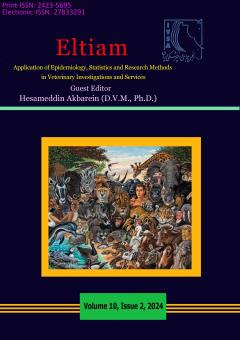Veterinary anesthesia is a relatively new science that uses different drugs and techniques to provide optimal condition (analgesia, immobility, muscle relaxation and amnesia) to perform various medical, diagnostic and surgical procedures in domestic, exotic and wild ani
More
Veterinary anesthesia is a relatively new science that uses different drugs and techniques to provide optimal condition (analgesia, immobility, muscle relaxation and amnesia) to perform various medical, diagnostic and surgical procedures in domestic, exotic and wild animals. In order to perform a safe sedation, analgesia, local and general anesthesia, adequate scientific knowledge of anatomy, physiology and pharmacology of the species are required. The most common species that referred for surgical procedures are small animal (cat and dog) and horses. Although surgical procedure are also performed on ruminants, general anesthesia is not common in these species due to some specific reasons (economic costs, bloat, regurgitation and easily performed standing surgeries in cattle). There are several anatomical, physiological and pharmacological differences as well as difference in body weight and temperament between small animal and horses that should be considered before anesthesia.
The present paper discusses the major differences that require appropriate preoperative preparation when conducting anesthesia in small animal and horses.
Manuscript profile


